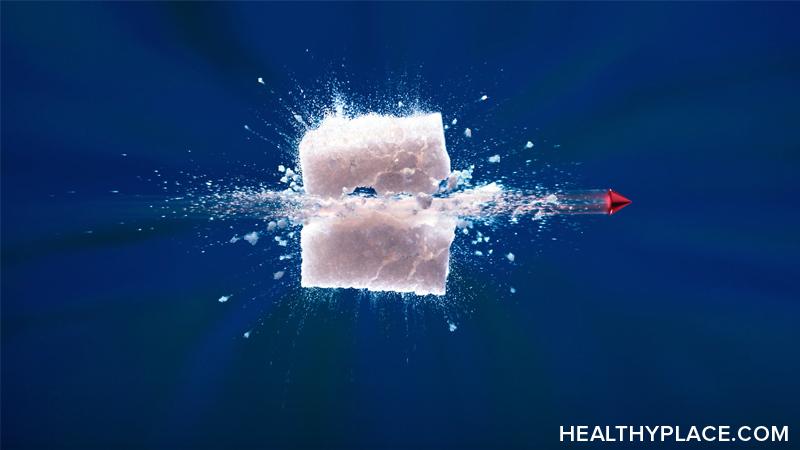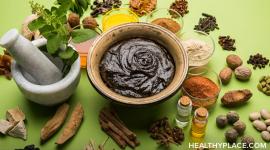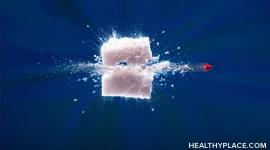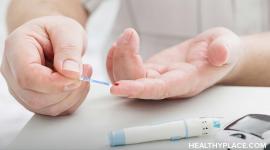Low Blood Glucose (Hypoglycemia): Causes and Treatment

Learn about hypoglycemia causes, low blood glucose levels, low blood sugar symptoms and hypoglycemia treatment.
What is Low Blood Glucose?
Low blood glucose, also called hypoglycemia (HY-poh-gly-SEE-mee-uh), is when your blood glucose is lower than normal. Blood glucose is too low when it's below 80 mg/dL. If you don't eat or drink something to bring your blood glucose level back to normal, you could pass out. Then you might need emergency treatment at a hospital. If you have low blood glucose several times a week, tell your diabetes doctor or diabetes educator. You might need a change in your diabetes medicines, meal plan, or activity routine.
Hypoglycemia Causes
Diabetes Medicines
Some diabetes medicines can cause low blood glucose if there isn't a balance between your medicines, food, and activity. Ask your doctor whether your diabetes medicines can cause hypoglycemia.
Other diabetes medicines do not cause low blood glucose on their own. But when they are taken with certain other diabetes medicines, they can increase the risk of low blood glucose.
Other Causes of Low Blood Glucose
Low blood glucose can happen if you skip or delay a meal, eat too little at a meal, get more exercise than usual, or drink alcoholic beverages on an empty stomach.
Low Blood Sugar Symptoms
Low blood glucose can make you feel:
- hungry
- dizzy
- nervous
- shaky
- sweaty
- sleepy
- confused
- anxious
- weak
Low blood glucose can also happen while you sleep. You might cry out or have nightmares, sweat a lot, feel tired or confused when you wake up or have a headache when you wake up.
Hypoglycemia Treatment
For treatment of low blood sugar, follow these steps:
- If you feel like your blood glucose is low, check your blood glucose level with your blood glucose meter.
- If your blood glucose is below 80 mg/dL, have a serving of a "quick fix" food or drink right away. See the list of Quick-fix Foods and Drinks for Low Blood Glucose below. If you can't check your blood glucose but you feel like your blood glucose level is low, have something from the quick-fix list.
- After 15 minutes, check your blood glucose again. If it's still below 80 mg/dL, have another serving of a quick-fix food or drink.
- Check your blood glucose again 15 minutes later. If it's 80 mg/dL or above, you'll feel better soon. If your blood glucose is still low, have another serving of a quick-fix food or drink. Keep doing so until your blood glucose is 80 mg/dL or above.
- When your blood glucose has reached 80 mg/dL or above, think about when your next meal will be. If it will be more than an hour before your next meal, have a snack.
Quick-fix Foods and Drinks for Low Blood Glucose
- 3 or 4 glucose tablets
- 1 serving of glucose gel—the amount equal to 15 grams of carbohydrate
- 1/2 cup (4 ounces) of any fruit juice
- 1/2 cup (4 ounces) of a regular—not diet—soft drink
- 1 cup (8 ounces) of milk
- 5 or 6 pieces of hard candy
- 1 tablespoon of sugar or honey
Always carry a quick-fix food or drink. You also can keep quick-fix foods in your car, at work, or wherever you go. Then you'll be ready to take care of yourself if your blood glucose dips too low.
APA Reference
Staff, H.
(2022, January 4). Low Blood Glucose (Hypoglycemia): Causes and Treatment, HealthyPlace. Retrieved
on 2024, June 20 from https://www.healthyplace.com/diabetes/treatments/low-blood-glucose-hypoglycemia-causes-treatment


